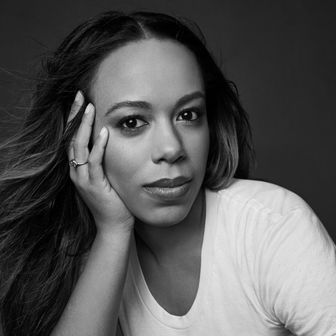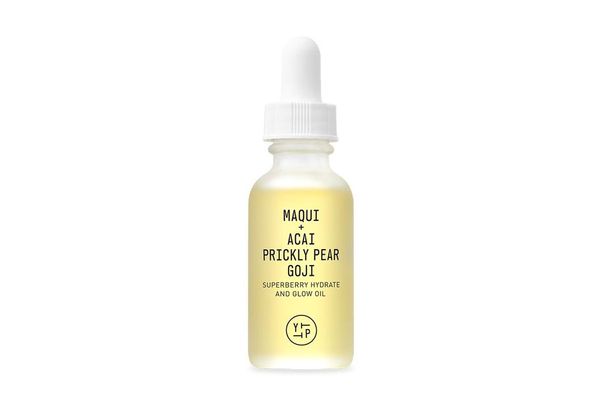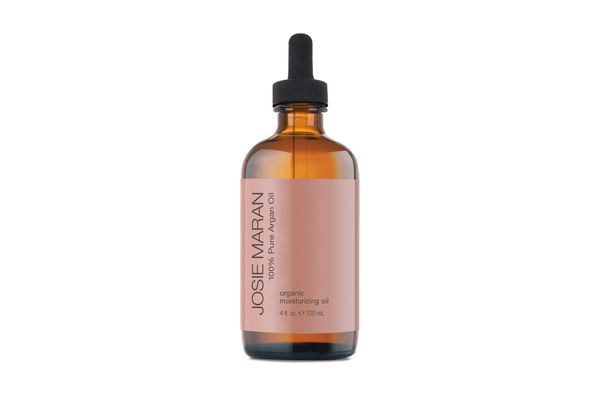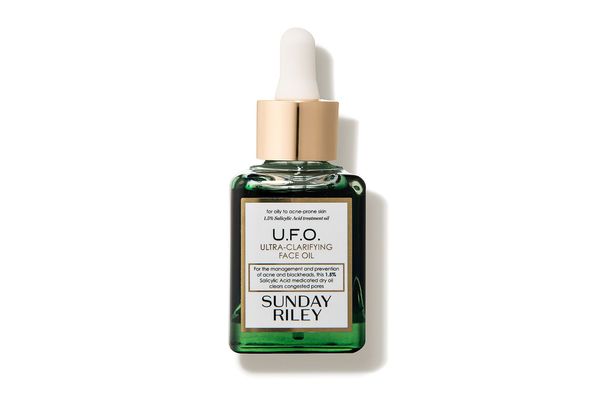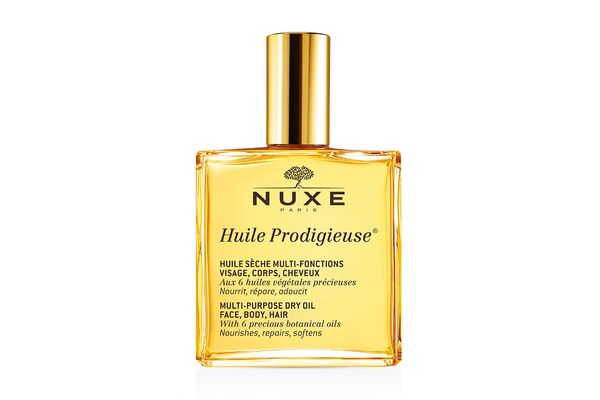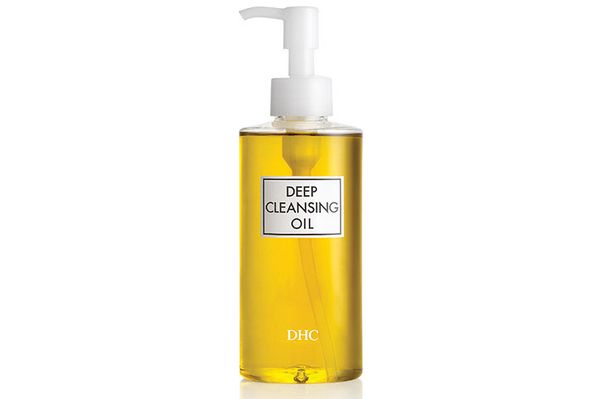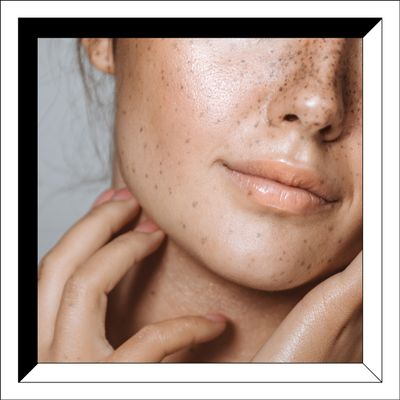
The Skin We’re In: Because sometimes beauty really is skin deep.
There’s no neutral stance on oils; everyone has an opinion. A quick Google search on beauty oils reveals the breadth of the spectrum. “Better than any moisturizer ever!” reads one review. “Has caused a major setback in my progress in controlling my breakouts,” writes another customer — about the same product. And then there are the people who like to warn that some oils, particularly mineral oil, will make you sick. To thoroughly understand how oils actually affect your hair, face, and body, the Cut talked to dermatologist Dr. Elizabeth Tanzi and celebrity facialist Joanna Vargas. Read on for ten key takeaways.
1. You cannot moisturize your skin with an oil.
Moisturizing with an oil is like sitting in a car while it’s raining and expecting to get wet: It will never happen. To understand, let’s deconstruct a product that actually moisturizes — a lotion — and its three major umbrella ingredients: humectants, occlusives, and emollients. Humectants are ingredients that draw water (from the air and from the lotion) into skin and in turn, hydrate skin cells. The most popular and effective humectants are glycerin and hyaluronic acid. On the other hand, emollient ingredients soften skin. And instead of hydrating, occlusive ingredients trap humectants and emollients onto your skin, so your skin can stay hydrated and soft throughout the day. Now here’s the important part: oils can function as an occlusive and as an emollient, but never as a humectant. As Dr. Tanzi explains, “They put a sealant on your skin by coating the top layer. This is different from pulling in water and hydrating skin.”
2. There’s only one way to really benefit from an oil.
Save oil for the final step of your skin-care routine. If you apply oil first, any moisturizer that follows won’t be able to fully penetrate the oil barrier; it’s like applying lotion over a wet suit. Remember, oils are only the gatekeepers, not producers, of hydration, so load up on humectants first, and then pile on the oil afterward to keep moisture from escaping.
3. Yes, oils will clog your pores.
But not all oils. Vargas warns that mineral oil is a chronic offender, and Dr. Tanzi adds that olive oil and the oil du jour, coconut, easily clog pores, too. So which oils don’t cause breakouts? The answer depends on you. Though there are oils that are less likely to irritate, like marula and argan, your unique genetic skin makeup will determine your oil tolerance. It’s annoying to admit, but trial and error is your best bet at determining what will work for you.
This lighweight oil comes with a sunflower and jojoba oil blend.
4. Oils are filled with good-for-your-skin antioxidants.
Oils are naturally replete with vitamins that repair and protect. Vargas and Dr. Tanzi both agree that argan, though pricey, is especially concentrated in vitamins A and E, which work to smooth fine lines and soften skin, respectively. There’s up to four times more vitamin C in marula oil, an antioxidant that fights hyperpigmentation, than in an orange. Sunflower oil is also high in vitamin E. Another great option: rosehip oil, which is padded with vitamin C. “It’s amazing for protection against environmental damage,” says Vargas. “I have it in my Rejuvenating Serum.”
5. There’s an oil that specifically treats acne-prone skin.
Dr. Tanzi recommends tea tree oil for acne-prone skin, and for good reason. Scientific evidence proves its antimicrobial and anti-inflammatory properties, which in turn, kill acne bacteria and reduce the size of pimples. However, you’ll need to proceed with caution. Tea tree oil may irritate skin, so it’s better to test it on an inconspicuous area first.
This out-of-this-world oil uses both tea tree oil and salicylic acid to clear up skin.
6. For the driest skin, reach for the heaviest, most occlusive oils.
Vargas says to look out for avocado and sweet-almond oils, which are notably fatty and rich. “Sunflower-seed oil is a potential as well,” says Dr. Tanzi, “though that can be a little greasy.”
7. Facial oils should be lighter than the robust ones used on your body.
Look out for quick-drying oils like grapeseed, apricot kernel, argan, and marula, which are ideal for most skin types. Even people with oily skin can use oil. “Jojoba tells the body to stop overproducing sebum, thus controlling oily skin,” explains Vargas.
8. It doesn’t really matter what kind of oil you use on your hair.
Vargas says that avocado, jojoba, argan, and almond are all great, but more importantly, you’ll need to focus on how much oil you use and where you put it. Start with a small amount — only a drop or two — and work it through your ends to seal in moisture and shine as the last step in your routine. Even if your hair is fine, a tiny amount of oil can dramatically boost its luster. If your hair is thick and dry, consider this: Coat your hair from mid-shaft to ends before stepping into the shower. Shampoo and condition like you normally would. The oil will protect your hair from the drying effects of shampoo.
9. Mineral oil may not kill you, but it’s still pretty much crap.
Yes, it’s a derivative of the same oil that makes gasoline, but you should stay away because it’s useless, not because it’s dangerous. “You’re not using that much of it for it to be harmful to your health,” says Dr. Tanzi. “The main issue is that it’s just not doing anything for you.”
Vargas agrees. “Fifty years ago, it was a common ingredient in products because we just didn’t know any better. However, now, with so many wonderful oils available to us, it is outdated.”
10. Oils are good for cleaning, too.
It’s strange to imagine that the same ingredient that seals in moisture can also clean, but it’s true. Vargas explains that “oil cleansers break up makeup on the face in a gentle way instead of stripping the skin, so skin won’t feel irritated after.” A few swirls around your face, and presto!
This article was originally published January 28, 2016. It has been updated throughout. If you buy something through our links, New York may earn an affiliate commission.


